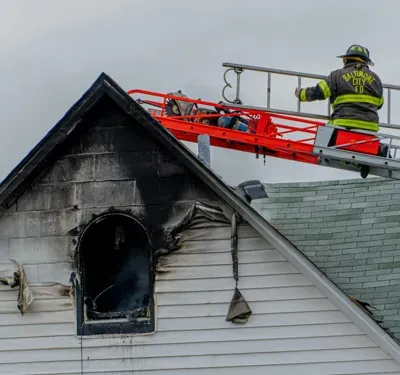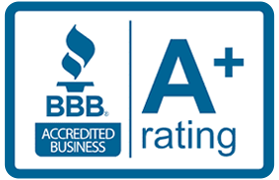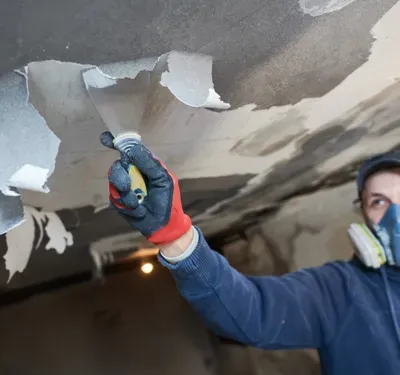The Connection Between Mold and Allergies: What Tampa Residents Should Know
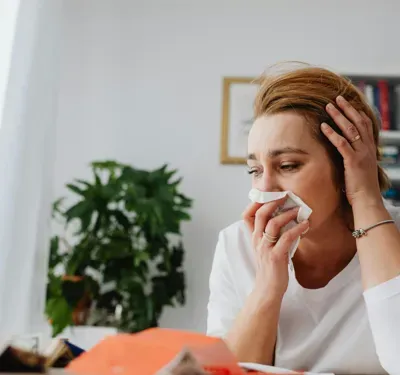
Mold is a major trigger for allergies in Tampa due to the region’s heat and humidity. Understanding the link between mold and allergic symptoms can help homeowners improve air quality, protect their health, and take steps to prevent mold growth.
Why Mold Is a Problem in Tampa
Tampa’s climate is the perfect environment for mold growth. High humidity, frequent rain, and warm temperatures create ideal conditions for mold to thrive, especially in poorly ventilated homes or after water damage. Homes near the coast, older buildings, and those with a history of leaks are especially vulnerable.
Many residents don’t realize they’re being affected until symptoms show up. Mold doesn’t always grow in visible spots. It can hide behind wallpaper, under flooring, inside HVAC systems, and even within ceiling cavities. If you experience allergy symptoms that worsen indoors or in certain rooms, mold may be the cause and deserves immediate attention.
Common Mold Exposure Symptoms
Exposure to mold can lead to a range of allergy-like symptoms that often mimic seasonal allergies or colds. These include:
- Sneezing or nasal congestion
- Coughing or wheezing
- Itchy, watery eyes
- Skin irritation or rashes
- Sinus pressure or headaches
In more sensitive individuals, such as those with asthma, COPD, or weakened immune systems, symptoms can become more intense. Prolonged exposure to mold spores can worsen chronic respiratory conditions, contribute to persistent sinus infections, and trigger severe allergic responses. Identifying the source early can prevent long-term health consequences.
How Mold Triggers Allergies
Mold reproduces through microscopic spores that float in the air and spread quickly in humid environments. When inhaled, these spores can irritate the respiratory system, triggering an immune response. For people who are allergic, the body sees these spores as threats and reacts with inflammation, sneezing, itchy eyes, and other common allergy symptoms.
The challenge is that mold doesn’t always produce visible signs of growth. It can thrive in areas out of view, like behind walls or within HVAC systems. As a result, many allergic reactions to mold go misdiagnosed or overlooked, particularly if symptoms fluctuate depending on location within the home.
Mold and Indoor Air Quality in Tampa Homes
Indoor air quality in Tampa homes is closely tied to mold presence. When mold spores are in the air, they can reduce air purity and aggravate allergies or respiratory issues. Poor ventilation, leaky plumbing, damp crawlspaces, and improperly maintained HVAC systems all contribute to elevated mold levels.
Simple improvements like using exhaust fans, running dehumidifiers, and changing air filters regularly can make a noticeable difference. However, if allergy symptoms persist and you’re not sure if your air is safe, it’s time to turn to professional testing. Mold testing services in Tampa can identify hidden infestations and provide a clear path forward to improve indoor air quality and restore health and comfort in the home.
Mold inspection services in Tampa use tools like moisture meters and air sampling to identify hidden mold. Catching it early is key to protecting your health.
How to Prevent Mold Growth
Prevention starts with moisture control—mold simply can’t grow without it. Tampa homeowners should remain vigilant about leaks and high-humidity areas, especially during the rainy season. Here are practical steps to lower mold risk:
- Fix leaks in roofs, plumbing, and windows as soon as possible
- Use exhaust fans in bathrooms and kitchens to reduce moisture buildup
- Run a dehumidifier in humid spaces like basements, closets, or laundry areas
- Ensure proper drainage around your foundation to prevent pooling water
- Have your HVAC system inspected and cleaned regularly to avoid moisture accumulation in ducts
If your home has experienced previous water damage or flooding, or if you notice a musty smell that won’t go away, it’s a good idea to schedule a professional mold inspection for peace of mind.
When to Call for Help
If you’ve tried improving ventilation and still experience allergy symptoms, it’s time to bring in the experts. Mold-related health issues can persist and worsen if the underlying source of mold growth is left unresolved. Professional mold inspectors don’t just look for visible spots; they use moisture sensors, air quality meters, and specialized tools to locate hidden colonies.
Tampa Emergency Restoration Pros provides comprehensive inspection and mold removal services tailored to our region’s unique challenges. We don’t just remove the mold—we identify its source, eliminate it safely, and implement prevention strategies to stop it from coming back. Whether you’re seeing signs of mold or simply want to protect your indoor air, we’re here to help restore health to your home.
FAQs About Mold and Allergies
Q: How do I know if my allergies are caused by mold?
A: If your symptoms get worse indoors or in specific rooms, mold may be the culprit. Air quality testing can confirm whether mold spores are present in the air. Keeping a symptom diary and noting when and where reactions occur can also help identify mold as the source.
Q: Can mold cause serious health problems?
A: Yes. Mold exposure can lead to long-term sinus infections, breathing issues, and worsened asthma. Some strains can even trigger neurological symptoms or infections in people with compromised immune systems. Early detection and mold remediation are essential to avoid chronic health effects.
Q: Is it enough to clean mold with bleach?
A: Not always. Bleach may remove surface mold but often doesn’t address the root cause. Mold can grow deep within porous materials like drywall and wood. Professional remediation ensures complete removal and helps prevent regrowth by addressing the moisture source.
Q: Will an air purifier help with mold allergies?
A: It can help reduce airborne spores, especially if it uses a HEPA filter, but it won’t solve a mold problem if the source remains. Air purifiers work best as part of a broader strategy that includes moisture control, dehumidifiers, and professional remediation.
Q: How often should I get a mold inspection?
A: Once a year is a good rule—especially if you’ve had past water issues or live in a high-humidity area like Tampa. You should also schedule an inspection after floods, plumbing leaks, or if you notice persistent allergy symptoms or musty odors indoors.
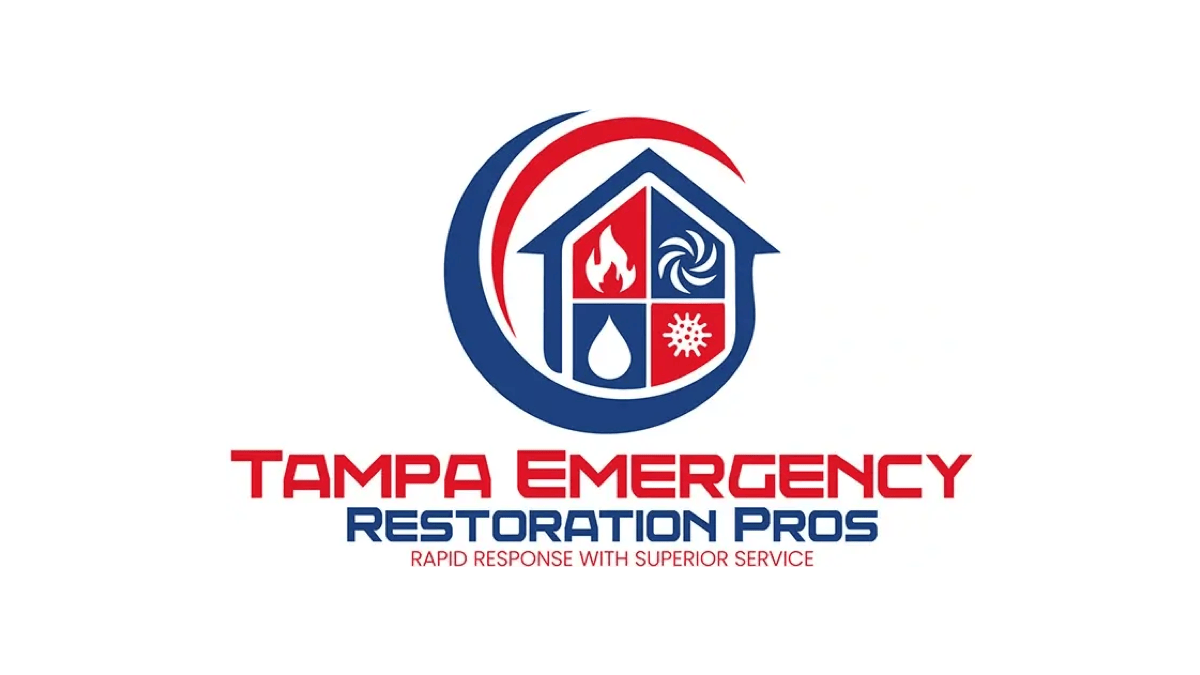
Other Blogs You May Be Interested In
Categories
